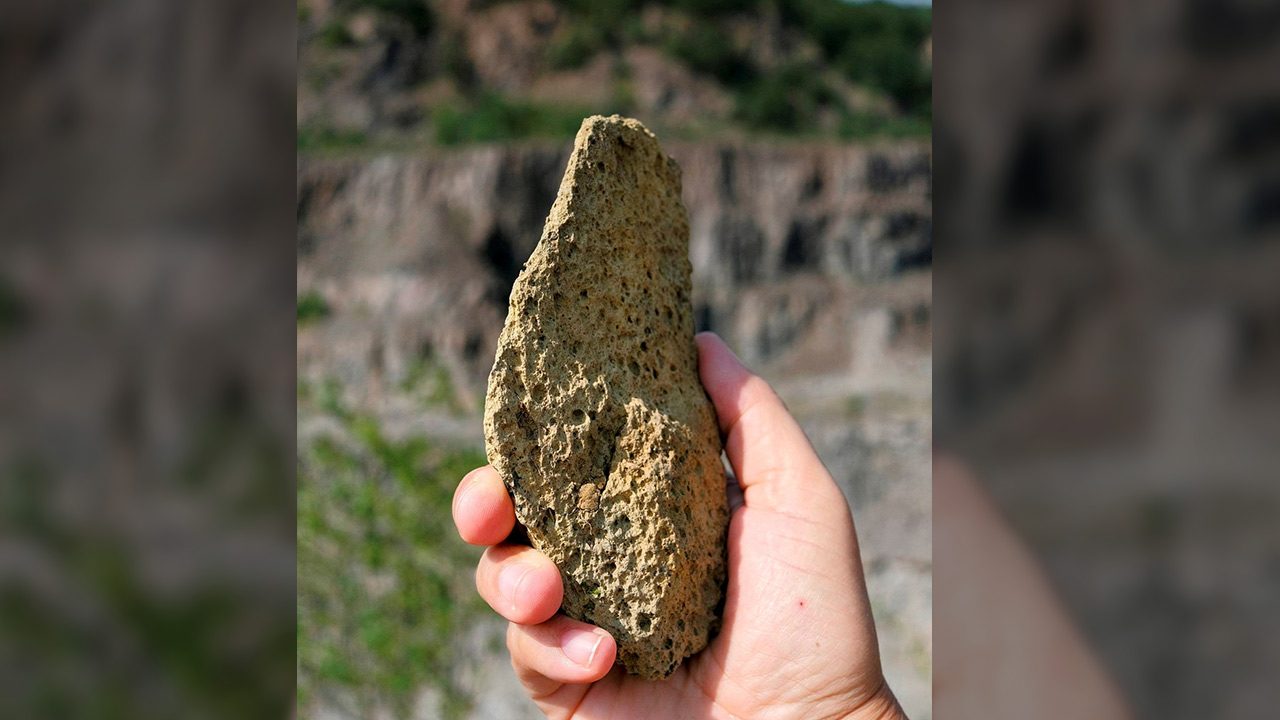SUMMARY
This is AI generated summarization, which may have errors. For context, always refer to the full article.

A dating method based on cosmic rays has identified stone tools found in western Ukraine as the oldest-known evidence of human occupation in Europe – 1.4 million years ago – showing that the peopling of the continent occurred hundreds of thousands of years earlier than previously known.
Researchers said on Wednesday, March 6, the stone tools – the most primitive kind known – were initially unearthed in the 1970s near the town of Korolevo in the Carpathian foothills along the Tysa river, close to Ukraine’s borders with Hungary and Romania. But their age had remained unclear.
The new method determined the age of the sediment layer containing the stone tools, making this site critical for understanding how humans first spread into Europe during warm spells – called interglacial periods – that interrupted the Ice Age’s grip on the continent.
The researchers concluded that the maker of the tools likely was Homo erectus, an early human species that arose roughly 2 million years ago and spread across Africa, Asia and Europe before disappearing perhaps 110,000 years ago.
“No bones were found at Korolevo, only stone tools. But the age suggests that Homo erectus was the only possible human species at the time. We know very little about our earliest ancestors. They used stone tools for butchery and probably used fire,” said Czech Academy of Sciences archeologist Roman Garba, lead author of the research published in the journal Nature.

Homo erectus was the first member of our evolutionary lineage with body proportions similar to our species, Homo sapiens, though with a smaller brain.
The tools, made of volcanic rock, were fashioned in what is called the Oldowan style. While quite simple – flaked tools such as choppers, scrapers or basic cutting instruments – they represent the dawn of human technology.
Until now, the oldest-known evidence of humans in Europe was about 1.2-1.1 million years old from a site called Atapuerca in Spain.
The Korolevo findings provide insight into the route of the first human expansion into Europe. Homo erectus fossils from 1.8 million years ago are known from a Caucasus site in Georgia called Dmanisi. Coupled with Korolevo, this suggests Homo erectus entered Europe from the east or southeast, migrating along the Danube river, Garba said.
“Korolevo is the northernmost outpost found so far of what we presume to be Homo erectus and is testimony to the intrepidness of this ancestor,” Czech Academy of Sciences geoscientist and study co-author John Jansen added.
It has been notoriously difficult to determine the age of Paleolithic sites like Korolevo. The study dated the tools, left by their makers on a river bed, by determining when the layer bearing the artifacts was buried under overlaying sediment.
“Earth is constantly bombarded by galactic cosmic rays. When these rays – mainly protons and alpha particles – penetrate Earth’s atmosphere, they generate a secondary shower of particles – neutrons and muons – that, in turn, penetrates into the subsurface,” geoscientist and study co-author Mads Knudsen of Aarhus University in Denmark said.
These particles react with minerals in rocks to produce radioactive nuclides, a class of atoms. The sediment was dated based on the ratio of two nuclides, thanks to their differing pace of radioactive decay.
Europe was later colonized by other now-extinct human species including Homo heidelbergensis and Neanderthals. Homo sapiens evolved in Africa roughly 300,000 years ago, arriving in significant numbers in Europe perhaps around 40,000-45,000 years ago.
The Homo erectus pioneers encountered a Europe inhabited by large mammals including mammoths, rhinos, hippos, hyenas and saber-toothed cats.
“Most likely they were scavengers, looking for carcasses left by hyenas or other predators, but what attracted them to Korolevo was a source of high-quality volcanic rock, very good for making stone tools,” Garba said.
The researchers suspect evidence of European human occupation even older than Korolevo will turn up.
“The question is not ‘if’ but ‘when’ we will find a site of similar or older age somewhere else in Ukraine, Romania, Bulgaria or Serbia,” Garba said. – Rappler.com
Add a comment
How does this make you feel?
There are no comments yet. Add your comment to start the conversation.